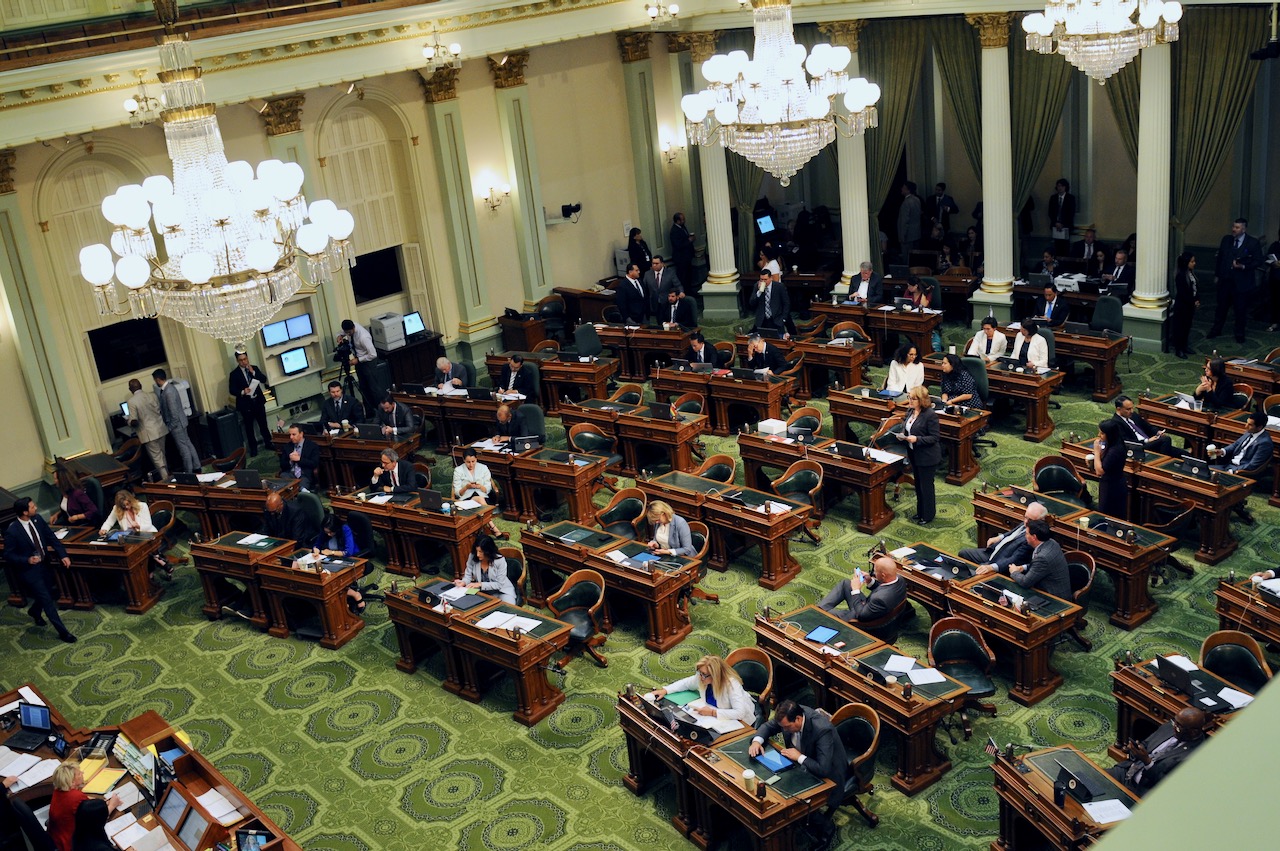
California State Capitol. (Photo: Kevin Sanders for California Globe)
Speaking in an Affirmative Voice in Legislation
The Office of Legislative Counsel is changing statutes to reflect this approach
By Chris Micheli, February 26, 2022 8:34 am
The California Legislature has taken the approach of changing existing statutes to reflect an affirmative or active voice, rather than a negative voice, in legislation. As a result, the Office of Legislative Counsel is changing statutes to reflect this approach. The following are examples of these technical changes to statutes taken from recently-introduced legislation:
(g) Nothing in this section shall be construed to This section does not limit the rights of employees
(c) Nothing in this chapter shall This chapter does not authorize
(5) Nothing in this subdivision is intended to This subdivision does not diminish
(f) No provision of this This section shall not apply
(c) No An individual life insurance policy shall not lapse
This division shall not be construed to does not authorize or permit
The state board shall have no does not have the authority
No person shall A person shall not be subjected to discrimination
Nothing in this division affects This division does not affect the jurisdiction
Why are these changes being made to existing California statutes? Modern legal writing, including the drafting of legislation, is based on writing in the active voice to eliminate potential confusion and to bring clarity to the law. The use of the active voice, or making affirmative statutes, helps make the law clearer to the reader, uses fewer words, and brings better understanding to statutory language. And, that makes a statute easier to comply with by those who are regulated by the state, and it makes it easier to enforce that statute.
- Enforcement of Judgments in California - December 13, 2025
- General Provisions Related to Family Law Support - December 13, 2025
- Petitions for Forming Harbor Districts in California - December 12, 2025




